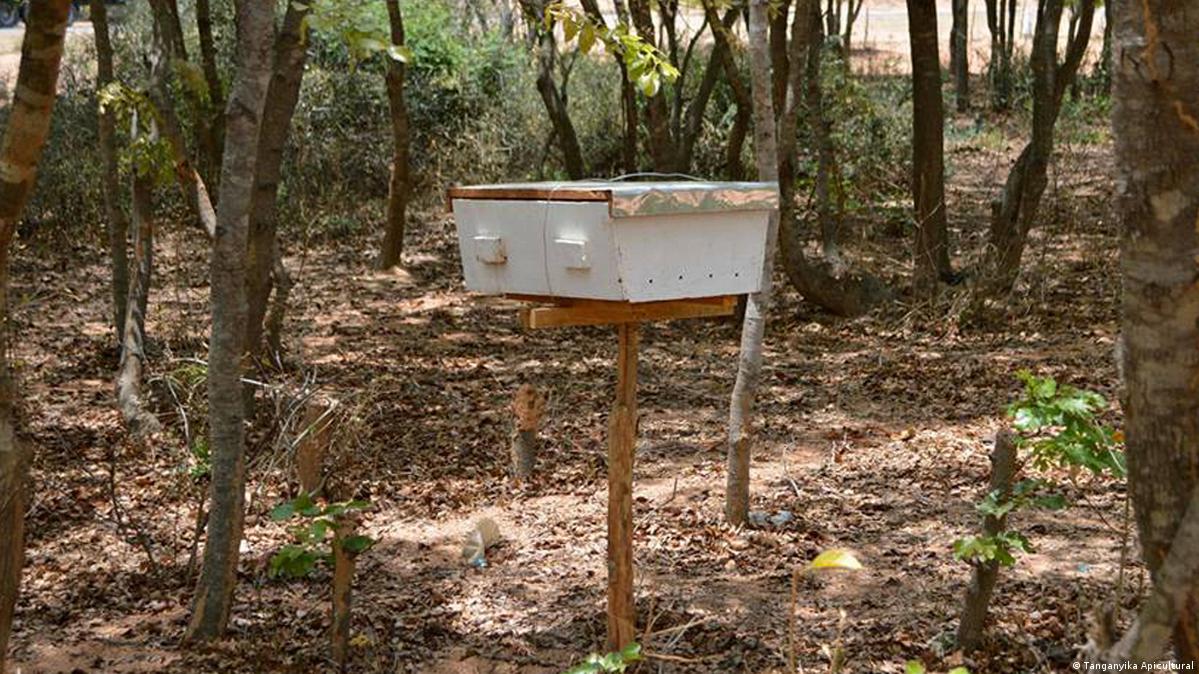Innovation plays a pivotal role in driving the development and transformation of the forestry sector. By fostering creative solutions, harnessing technological advancements, and embracing new approaches, innovation brings numerous benefits and creates opportunities for sustainable growth, improved forest management practices, and positive environmental outcomes. Here are some key aspects highlighting the value of innovation in forestry sector development:
- Sustainable Resource Management: Innovation enables more efficient and sustainable use of forest resources. Through the development and adoption of advanced technologies, such as remote sensing, GIS, and data analytics, foresters can better monitor and assess forest ecosystems, enabling evidence-based decision-making and more precise resource planning. This leads to optimized harvesting practices, reduced waste, and enhanced productivity, ensuring the long-term sustainability of forest resources.
- Conservation and Biodiversity Protection: Innovative approaches are essential for the conservation and protection of forest biodiversity. By integrating technology, such as drones and satellite imagery, with advanced data analysis, researchers and conservationists can better understand and monitor ecological patterns, habitat fragmentation, and species distribution. This knowledge supports targeted conservation efforts, ecosystem restoration initiatives, and the preservation of critical habitats, ensuring the survival of diverse plant and animal species.
- Climate Change Mitigation and Adaptation: Innovation in the forestry sector plays a crucial role in addressing climate change challenges. Forests act as important carbon sinks, and innovative practices, such as afforestation, reforestation, and sustainable forest management, enhance their capacity to sequester carbon dioxide from the atmosphere. Additionally, innovation supports the development of bioenergy, bio-based materials, and sustainable forest products that can replace fossil fuel-intensive alternatives, contributing to greenhouse gas emissions reduction and the transition to a low-carbon economy.
- Economic Growth and Job Creation: Innovation drives economic growth and job creation in the forestry sector. Advancements in technologies, such as precision forestry and automation, improve operational efficiency, reduce costs, and increase the competitiveness of the industry. This, in turn, stimulates investments, creates employment opportunities, and fosters sustainable rural development. Moreover, innovation in the forest-based industries, including wood processing and manufacturing, promotes value-added products, diversifies revenue streams, and enhances market competitiveness.
- Collaboration and Knowledge Sharing: Innovation encourages collaboration and knowledge sharing among stakeholders in the forestry sector. By fostering partnerships between research institutions, forestry companies, and local communities, innovative solutions can be developed, tested, and implemented. This collaborative approach enables the integration of scientific knowledge, traditional ecological knowledge, and practical experiences, leading to more informed decision-making and sustainable practices.
- Community Engagement and Social Benefits: Innovative approaches empower local communities and indigenous peoples in the forestry sector. By providing platforms for community engagement, participatory decision-making, and sharing of benefits, innovation ensures that local stakeholders have a voice and are active participants in sustainable forest management initiatives. This promotes social equity, strengthens cultural values, and supports the well-being of forest-dependent communities.
- Market Access and Consumer Demand: Innovation helps the forestry sector meet evolving market demands and consumer preferences. With increasing awareness and interest in sustainable products, innovation enables the development of traceability systems, certifications, and eco-labeling schemes that ensure responsible sourcing and provide transparency to consumers. Meeting these sustainability standards enhances market access, builds trust, and creates new business opportunities for the forestry sector.
Innovation brings significant value to the forestry sector, driving sustainable development, environmental stewardship, and economic prosperity. By embracing technological advancements, fostering collaboration, and integrating knowledge, the forestry sector can adapt to emerging challenges, optimize resource management, and contribute to global sustainability goals. The continuous pursuit of innovation ensures that forests and their resources are managed responsibly and provide long-term benefits for current and future generations.




